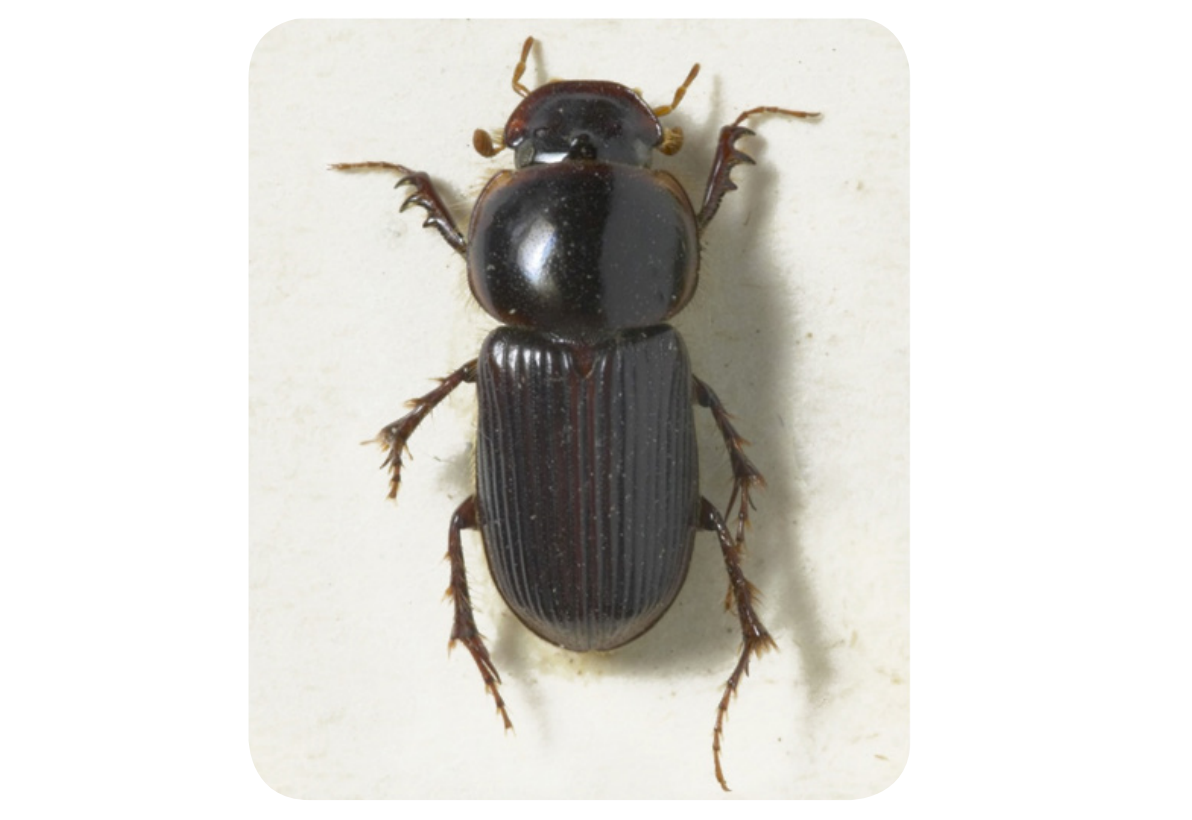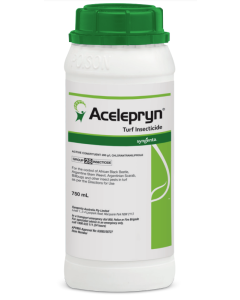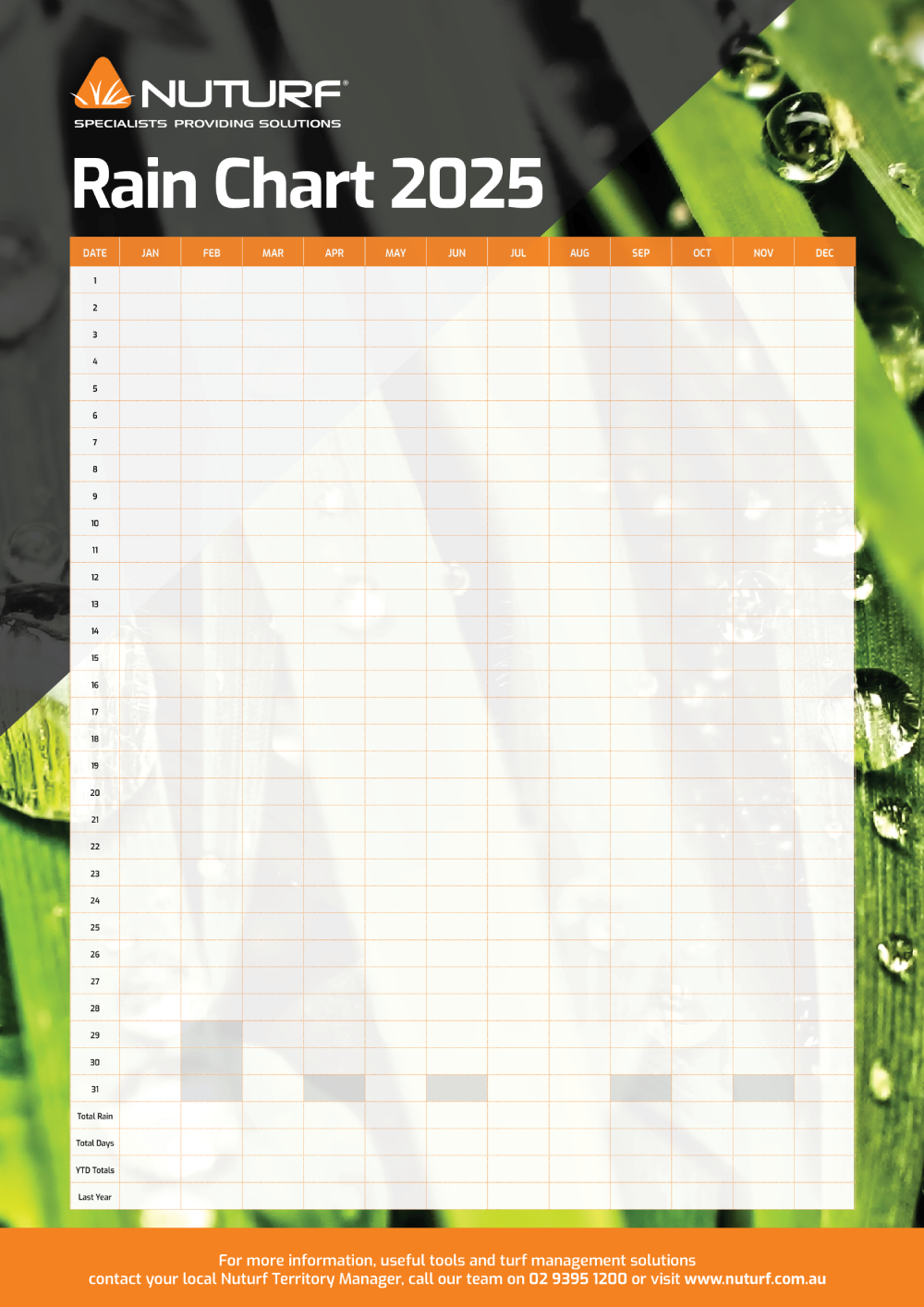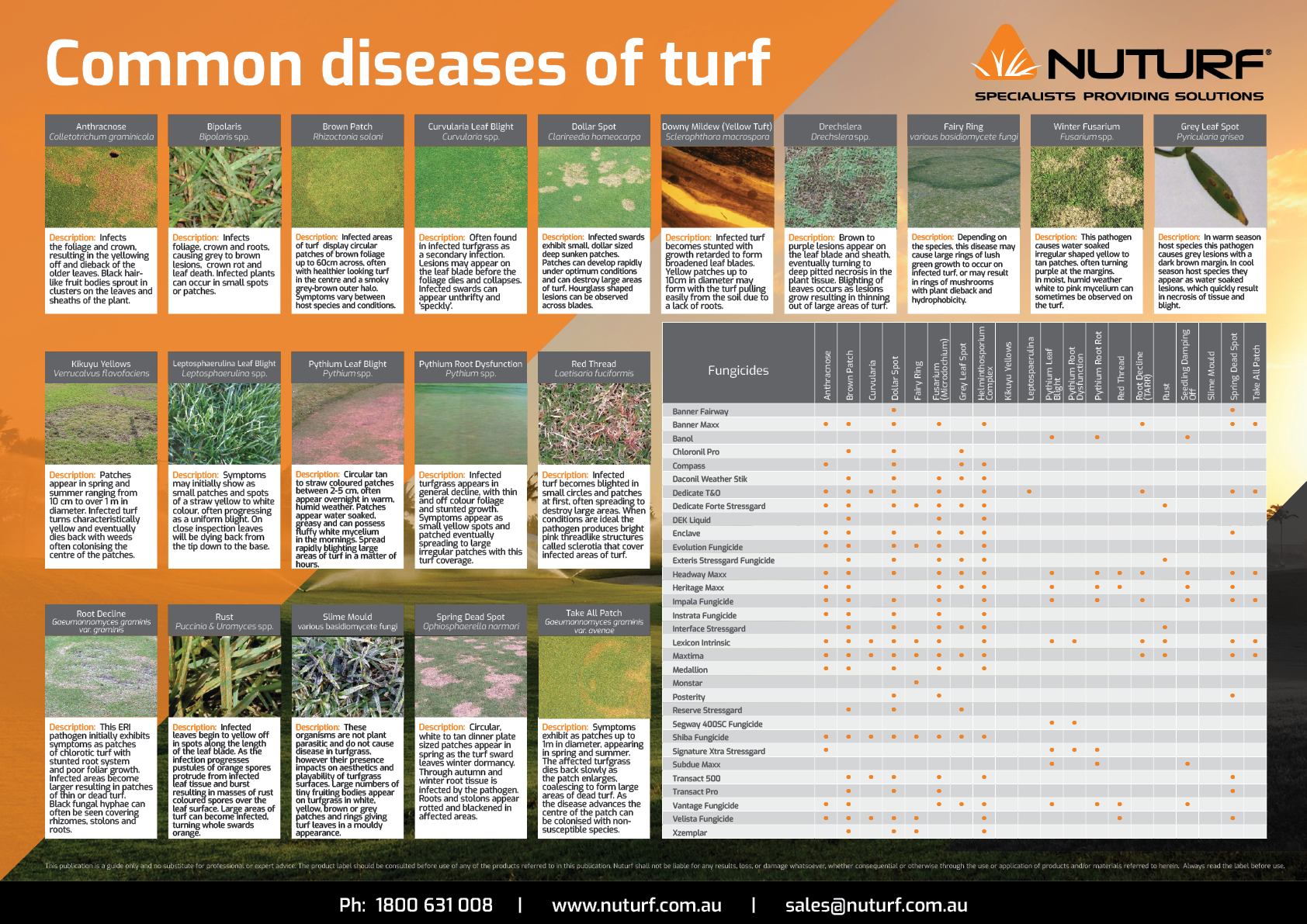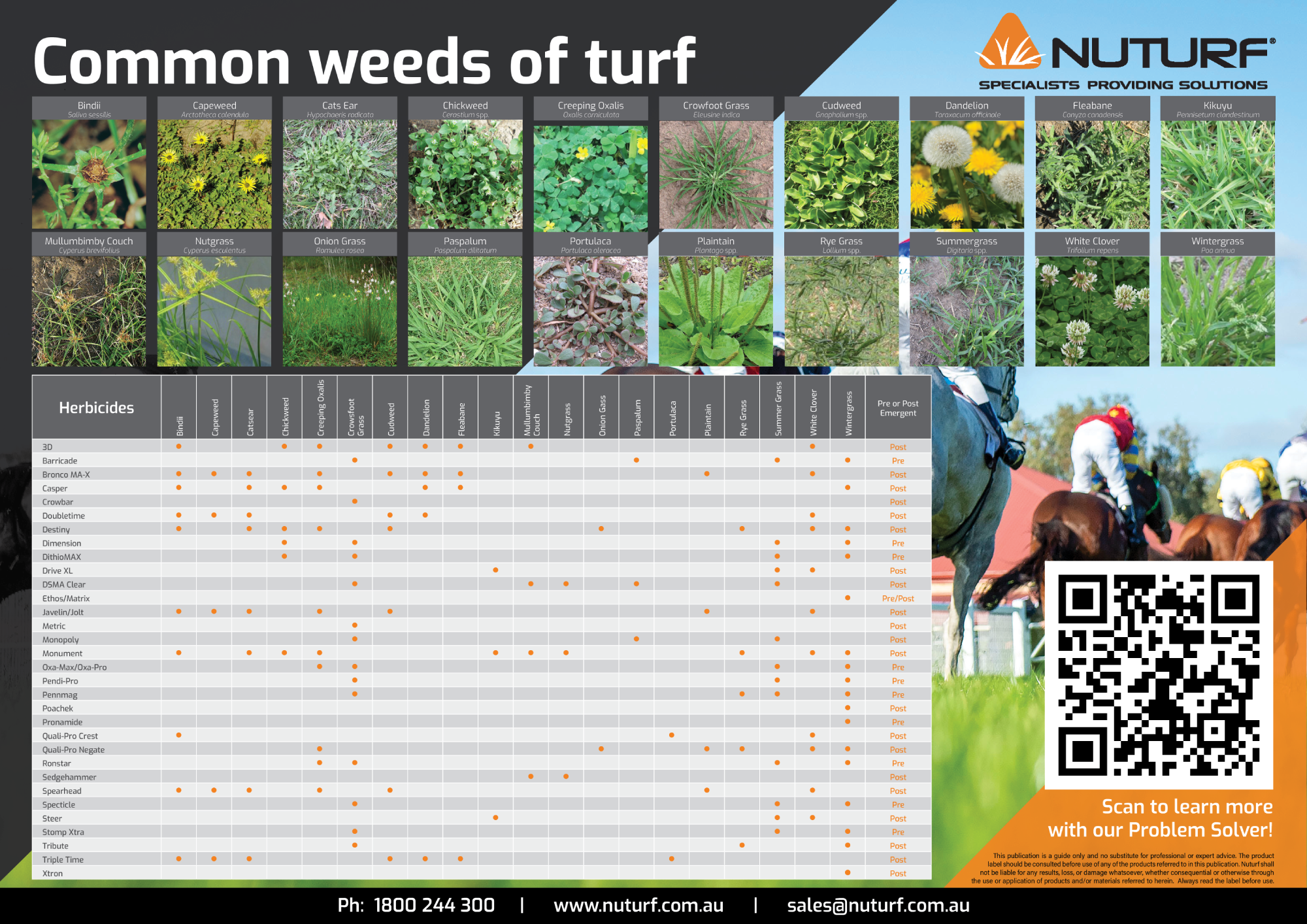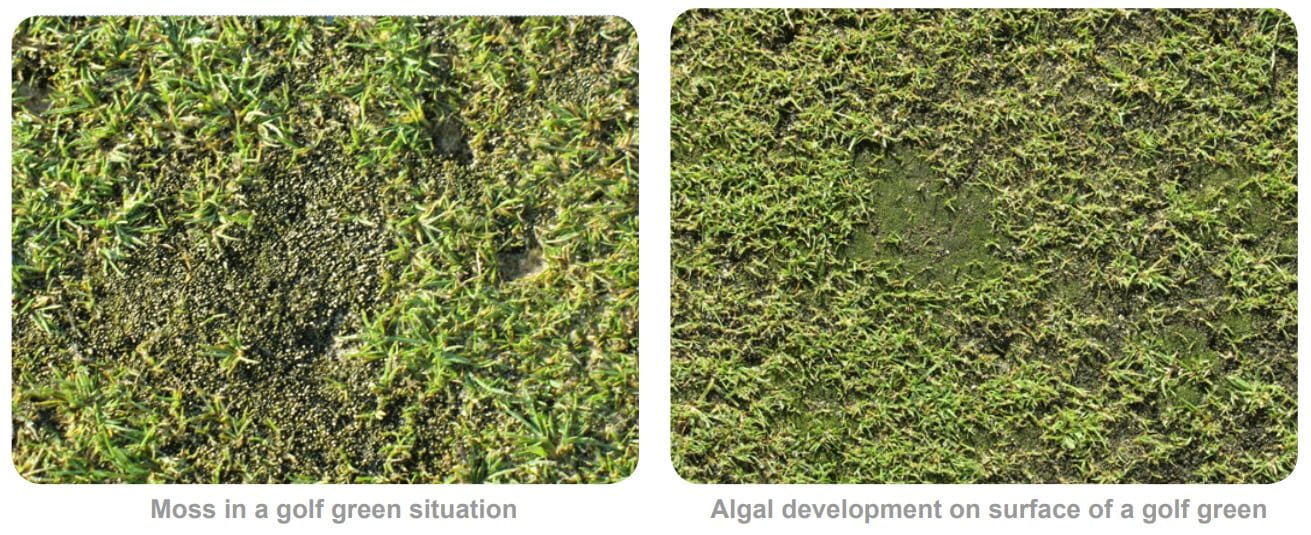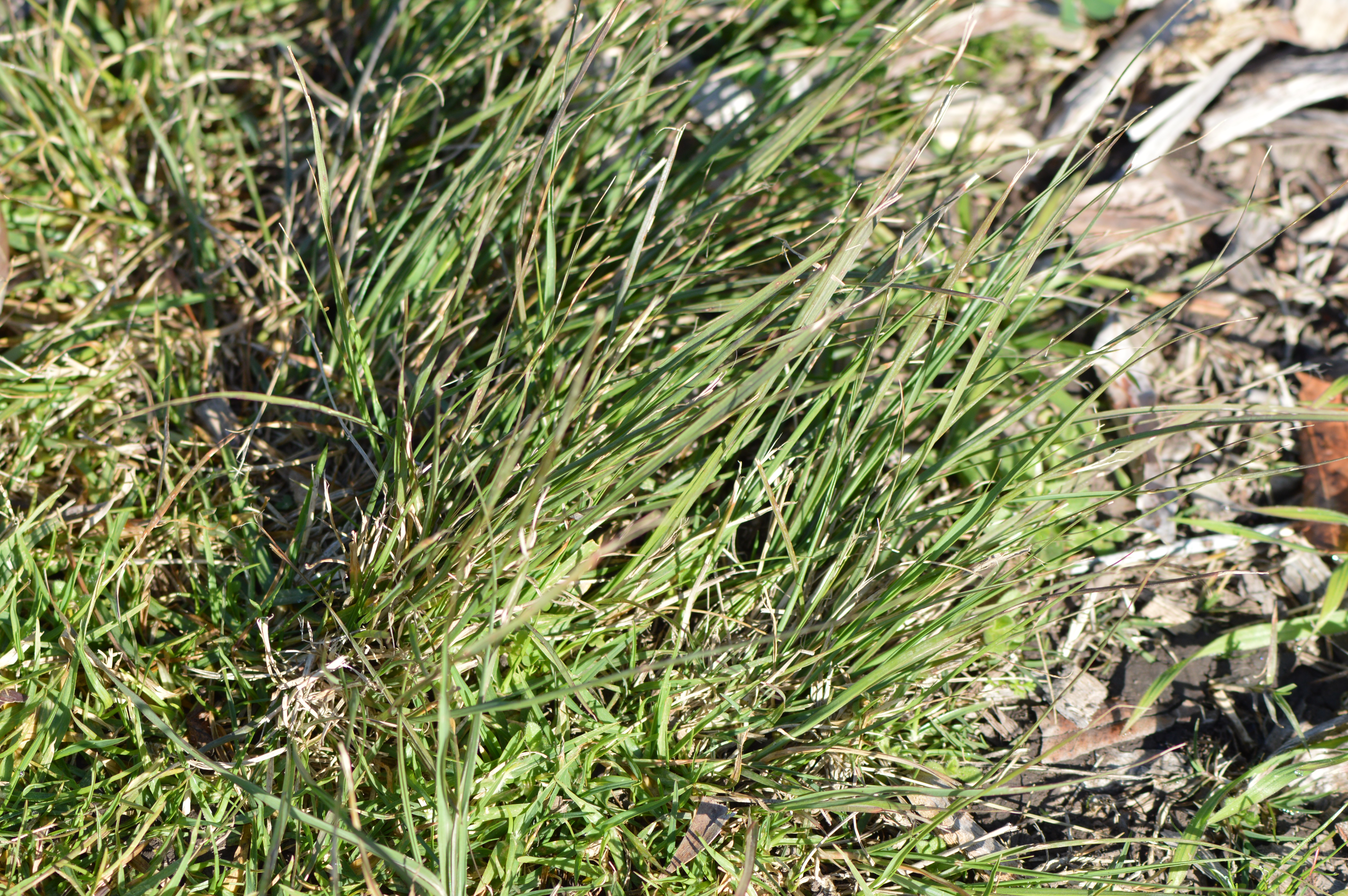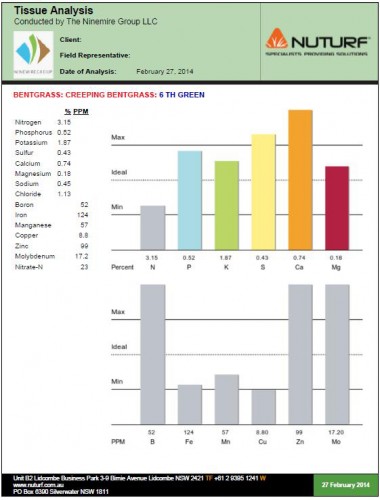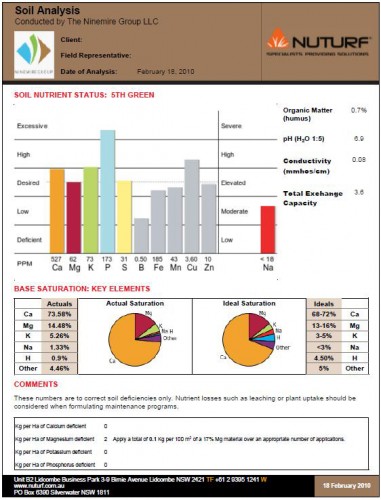Blackheaded Pasture Cockchafer
Blackheaded Pasture CockchaferScientific Name:Aphodius tasmaniae Order:Coleoptera Other common names:Blackheaded Pasture Cockchafer, Tasmanian Grass Grub How to identify Blackheaded Pasture Cockchafer:The Blackheaded Pasture Cockchafer is a native insect of South Eastern Australia. It is mainly a pest of cool season grasses and is found in areas that experience an average annual rainfall of around 480mm. Blackheaded pasture cockchafer is a damaging pest when in the larval life stage.
What is the biology and lifecycle of Blackheaded Pasture Cockchafer?The Blackheaded Pasture Cockchafer has a one year life cycle. In January the adults emerge from the pupal stage and fly around on mild evenings often attracted to light. The females are drawn to sparse, open pastures where they burrow down about 100mm and lay two to three dozen eggs. The eggs are yellow and oval shaped and about 1mm in diameter. After 18 to 21 days they hatch into small grey larvae that are 5-8mm in length. The larvae feed on humus in the soil until autumn, when they tunnel to the surface and begin to emerge at night to feed on vegetation. They feed this way causing visible damage to crops and turf until early spring when they enter a nonactive pupal stage before emerging as adults in summer Damage Caused by Blackheaded Pasture CockchaferBlackheaded Pasture Cockchafer can be a major pest that can cause causing severe damage to turfgrass if not managed appropriately:
Management Tips for Blackheaded Pasture CockchaferNatural control of Blackheaded Pasture Cockchafer sometimes occurs during wet winters when soils become saturated and the larvae drown. Hot dry summers can result in surface feeding larvae desiccating the following season.
For chemical solutions and treatments for Blackheaded Pasture Cockchafer, please see our recommended products below. |
|


